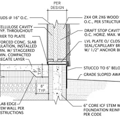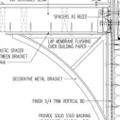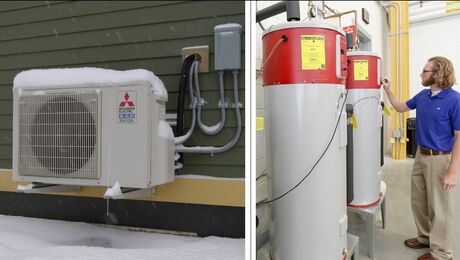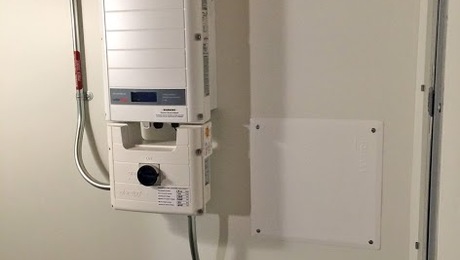Puncturing Smart Membranes
Does nailing battens on a ceiling or wall to create a service cavity creates significant leaks to worry about? Or afterward stapling wires, screwing jonction boxes, etc. through the membranes.
[This is a single level construction in zone 6 where:
– ceiling is a vented cathedral roof with R60 cellulose, over 1/2” Enermax (wood fiberboard with aluminium foil vapor barrier), double 1×3 strapping and v-groove pine planks.
– walls are cedar siding, 1×3 strapping, Typar WRB, 1-1/2” wood fiberboard, R-20 hemp batt insulation, smart vapor retarder ProClima Intello, double 1×3 strapping and v-groove planks.]
GBA Detail Library
A collection of one thousand construction details organized by climate and house part









Replies
Potton,
As Joe Lstiburek points out, strapping actually provides an air-seal for the fasteners.
What's about a nail that split the strapping? Should we tape it?
Unless it happened a lot, I wouldn't worry much about it.
Great.
Would it be the same for electrical box screwed directly through the membrane, and wires stapled/clamped directly through the membrane ?
Thanks!
The hole for the wire needs to be sealed. The fasteners (screws or nails), when driven through, will essentially “self seal”. That same tight fit when a nail is pounded into wood also forms a seal around the nail. It’s mostly holes you cut or drill that you need to worry about being air leaks.
Bill
Ok for air-seal, but is it true also for vapor-seal ...?
Yes.
It’s actually easier to maintain a vapor barrier since a vapor barrier is much less critical regarding detailing like holes and seams compared to what is required to maintain a good air barrier.
If you have a good air seal, you’re pretty much guaranteed to have a good vapor seal too.
Bill
When you do a blower door test prior to installing drywall, you can do a smoke test to find leaks (and try to fix them). You can both pressurize and depressurize your building with a blower door test, and try a smoke test adjacent to any places you suspect may have created an air leak. A smoke test might be attempted from either side of your air barrier. If you find a leak, you can attempt to plug it. Or be satisfied with your air barrier whenever you don't find anything.
See this related excellent article:
https://www.greenbuildingadvisor.com/article/using-smoke-to-find-air-leaks
Christine Williamson created an entire website related to your concern: Overdriven Fastener.
Thanks, very interesting.
She wrote about water leaks, but I was worrying about air leaks…